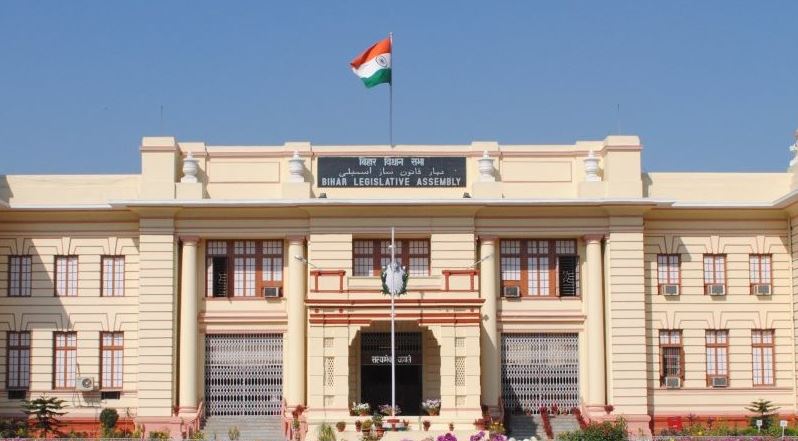
Administrative divisions of Bihar | Polity of Bihar Notes
Administrative divisions of Bihar notes/study material for preparation of BPSC Prelims and Mains and other Bihar state examinations
Home » BPSC Study Materials » Polity Of Bihar » Districts Of Bihar – Part 1| Polity of Bihar Notes
Districts Of Bihar – Part 1 notes/study material for preparation of BPSC Prelims and Mains and other Bihar state examinations
Bihar is divided into 38 districts. Important information about the districts of Bihar is mentioned below.
You can study complete ancient history of Bihar in a chapterwise format here : Ancient History of Bihar Chapter-wise notes
You can study complete history of Bihar in a chapterwise format here : History of Bihar Chapter-wise notes
You can study complete study material for BPSC here : Complete BPSC free study material
You can study complete ancient history in a chapterwise format here : Ancient History Chapter-wise notes
You can solve ancient history chapterwise MCQs here : Ancient History Chapter-wise MCQs
You can read all the CivilsCracker Explained articles for Ancient History here : CivilsCracker Explained
You can read all the UPSC free study materials for all subjects here : Free UPSC study materials for all subjects
You can solve chapterwise MCQs for all subjects here : Chapterwise MCQs for all subjects

Administrative divisions of Bihar notes/study material for preparation of BPSC Prelims and Mains and other Bihar state examinations

Executive Of Bihar notes/study material for preparation of BPSC Prelims and Mains and other Bihar state examinations
We are adding new Notes, Chapterwise MCQs, Quizzes, Previous Years Questions everyday
We are adding new Notes, Chapterwise MCQs, Quizzes, Previous Years Questions everyday